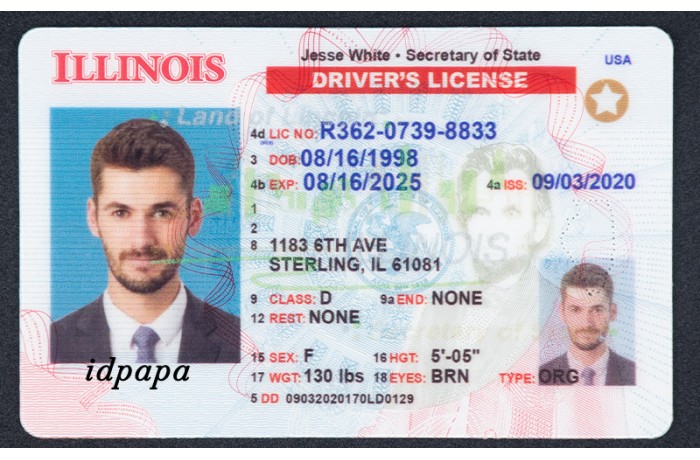
The scene of copyright identification is a constantly shifting landscape. Forgers are now leveraging cutting-edge technologies to create copyright that can often evade even the most strict scanning systems. These counterfeits are often indistinguishable from legitimate IDs, making them a serious threat. To combat this problem, authorities are deploying their own advanced technology to detect these fakes.
- One of the key elements behind scannable copyright is the use of specialized inks that can be read by standard scanners.
- These inks often contain microchips that mimic the security features found on genuine IDs.
- However, experts are constantly working to develop new techniques to detect these imposters.
The future of fighting copyright fraud is likely to involve a mixture of advanced imaging technologies, machine learning, and stricter policies.
Obtain Scannable copyright Creation: A Step-by-Step Guide
So you want to craft a scannable copyright? It's a risky endeavor, but if you proceed, here's your roadmap. First, you'll need high-quality photo editing software like Photoshop. Then, collect a valid ID as a model. Use the program to edit the details, replacing them with your false credentials.
- Then, print the altered ID on high-thickness paper.
- Guarantee the printer uses color that's compatible with UV printing for maximum realism.
- Finally, laminate the ID to enhance its durability.
Keep in mind: Using a copyright is a crime. This guide is for informational purposes only and doesn't any criminal activity.
Craft a Scannable copyright? Length Matters
So you're wanting to know how long it takes to whip up a copyright that can actually fool those scanners, huh? Well, lemme tell ya, there's no magic number. It all boils down to a bunch of factors. You got your supplies, your skill level, and even the model of ID you're after. A basic card with a simple image might take a hobbyist how much is a scannable fake ID a few hours, maybe a day if they're green. But if you're aiming for something fancy with high-quality printing, you could be looking at several sessions. Plus, don't forget the drying time for inks and laminates. That can add up!
The bottom line? There's no quick fix for a scannable copyright. You gotta put in the time to get it right, or you could end up with something that gets flagged faster than you can say "I.D. please!"
The Cost of a copyright That Can Be Scanned
Thinking about snagging one of those IDs that can be scanned? That's probably what you're thinking it's just a small investment. But, let me tell you, it's more complex than that. , Beyond the price tag itself you're risking your safety. Getting caught with a copyright can have real consequences, including hefty fines, community service, and even jail time.
, But don't forget: even if you manage to avoid getting caught, you could also face on you. Imagine trying to use a phony piece of identification for something important like renting a car - your credit history and future opportunities could be damaged.
Spotting the Signs: Are Your IDs Actually Scannable?
In today's digital/tech-driven/modern world, identification/IDs/personal documents are often scanned/read/processed electronically. But have you ever stopped to question/wonder/think if your copyright/copyright/government-issued ID is actually readable/scannable/compatible with the latest technology/scanning equipment/devices? A faded/damaged/incorrectly formatted ID can cause/lead to/result in serious inconveniences/issues/problems, from delayed entry/denied access/verification failures to frustration/confusion/security risks. To ensure/guarantee/confirm your ID is properly scanned/read accurately/accepted without issue, it's important to pay attention to/examine carefully/inspect thoroughly its key features/characteristics/design elements.
- Check for crispness of printed details and barcode quality
- Look for any damage or wear
- Verify the ID's format and security features
By being aware/taking note/staying informed of these indicators/signs/factors, you can avoid potential headaches/prevent complications/ensure a smooth experience when using your identification/copyright/government-issued ID.
Are They Detectable? The Risks of Using Scannable copyright
Scannable copyright seem like the ultimate solution for getting into clubs or buying alcohol. But let's face it, these aren't foolproof. Security is always tightening, with scanners becoming more powerful every day. Using a scannable copyright is like playing a game of gambling. Sure, you might get away with it the first few times, but eventually, the risk of getting caught becomes unbearable.
A citation can have serious ramifications, like fines, community service, or even prison sentence. Not to mention the harm it could do to your future.
- Consider the risks
- The game isn't worth it